A new report claims that the forthcoming iPhone 15 range will switch to USB-C charging, and that Apple will still produce four models, with bigger feature differences than the iPhone 14 family has.
Demand for the iPhone 14 range as a whole has been rumored to be lower than expected, and perhaps most definitely for the base model.
That perceived failure of the larger iPhone 14 follows reportedly poor sales of the smaller iPhone 13 mini. Yet a new report says Apple will continue producing four models for its 2023 iPhone 15 range.
Market intelligence firm TrendForce does not cite any sources, but in a press release says the analysis has been made by its Department of Semiconductor Research.
"TrendForce indicates that Apple will maintain a four new model release schedule featuring two processors to further differentiate between standard and high-end models," it continues.
"In terms of specifications, in addition to the comprehensive switch from lightning to Type C connectors which is already known," says the company, "chances are high that the Pro series will feature a memory capacity upgrade to 8GB to match its new processor and continue camera specifications improvements including upgrading its main camera to 8P and the use a periscope lens in the Pro Max model."
The prediction of an increase to 8GB RAM was previously rumored to be in the iPhone 14 Pro. The move to USB-C has also been predicted, chiefly because of the European Union introducing a mandate requiring it.
Then, too, the addition of a periscope lens has long been predicted.
However, TrendForce also believes that Apple's development of its own 5G modem will not appear until the iPhone 16.
"As for Apple's in-house 5G modem," continues the report, "the company will continue using a Qualcomm model because its mmWave signal test results cannot meet Apple's requirements."
 William Gallagher
William Gallagher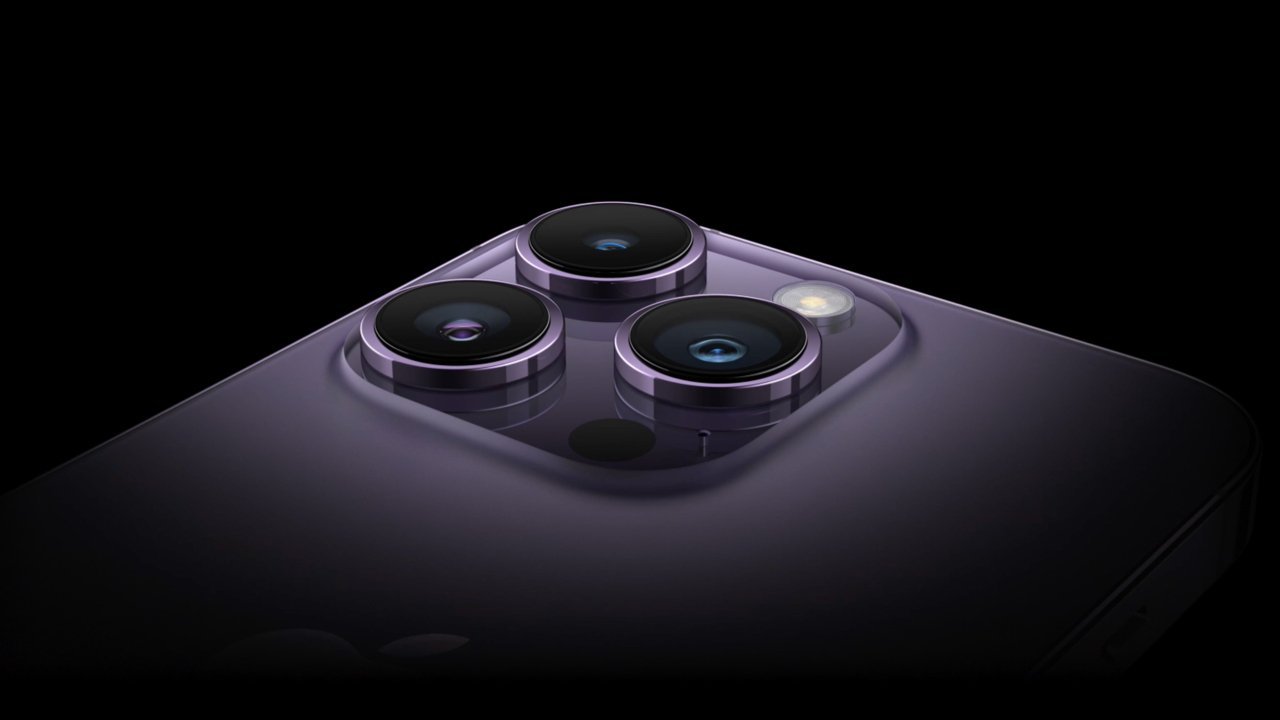




-xl-m.jpg)


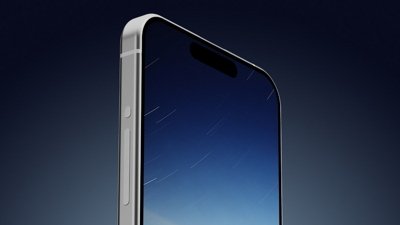
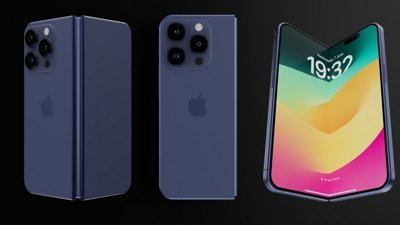
 Amber Neely
Amber Neely
 Andrew Orr
Andrew Orr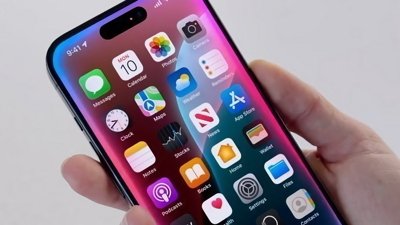



 Christine McKee
Christine McKee
 Chip Loder
Chip Loder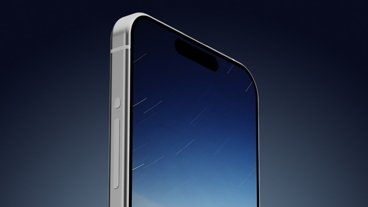







10 Comments
When Apple is forced to use usb-c I feel they should also be required to include a usb-c to usb-c charger along with proper cable to ensure people get and use quality chargers instead of garbage ones produced by garbage companies. I don’t want to hear about iPhones burning up because of garbage chargers.
By now, anyone using Apple products for any time (since 1990 for me) has an inventory of USB-A chargers and USB-C chargers and lots of cables and dongles. I even have a few of the original cables and chargers from the 90s. Apple could help the clutter by making useful multiport chargers still with the ability to change the actual plug to various formats for around the world.
It would be interesting if Apple's only USB-C models were "iPhone Pro" models which are always more expensive than the regular models. That would be how Apple could profit from the new EU law, by selling only higher priced models in the EU. Even if all iPhone models supported USB-C, Apple could simply refrain from selling the cheaper models (lower storage models) in the EU market. I think the majority of Europeans would pay more money to stay in the Apple ecosystem, because buying an iPhone has never been about saving money.
I don't think the EU could ever pass a law saying, "You must sell every version of the iPhone inside the EU that you sell outside the EU."
I'm so hard pressed to think of a high value mass market feature for iPhones these days. It's just features to fill out the niches or provide some service that really doesn't have a hardware component.
1. Expanding satellite communication from emergency situations to 2-way text messaging. GlobalStar would have to increase their bandwidth by 10x.
2. Solid state Lithium batteries will provide about 4 to 5 more hours of runtimes and offer shorter charge times.
3. 8 GB RAM is a viable minimum for web based workflows, especially if the pagefile is on.
4. Solar PV on the back and the front to trickle charge the battery.
5. Have front cameras on the top and the bottom and use software to create a "virtual" face where people can see you looking them in the eye and vice versa.
6. My biggest niggle is the standby/power button should be on the top.
7. I assume >10 Gbit/s USBC bandwidth will be available in the next round. Hopefully they just go all the way to 40 Gbit/s.